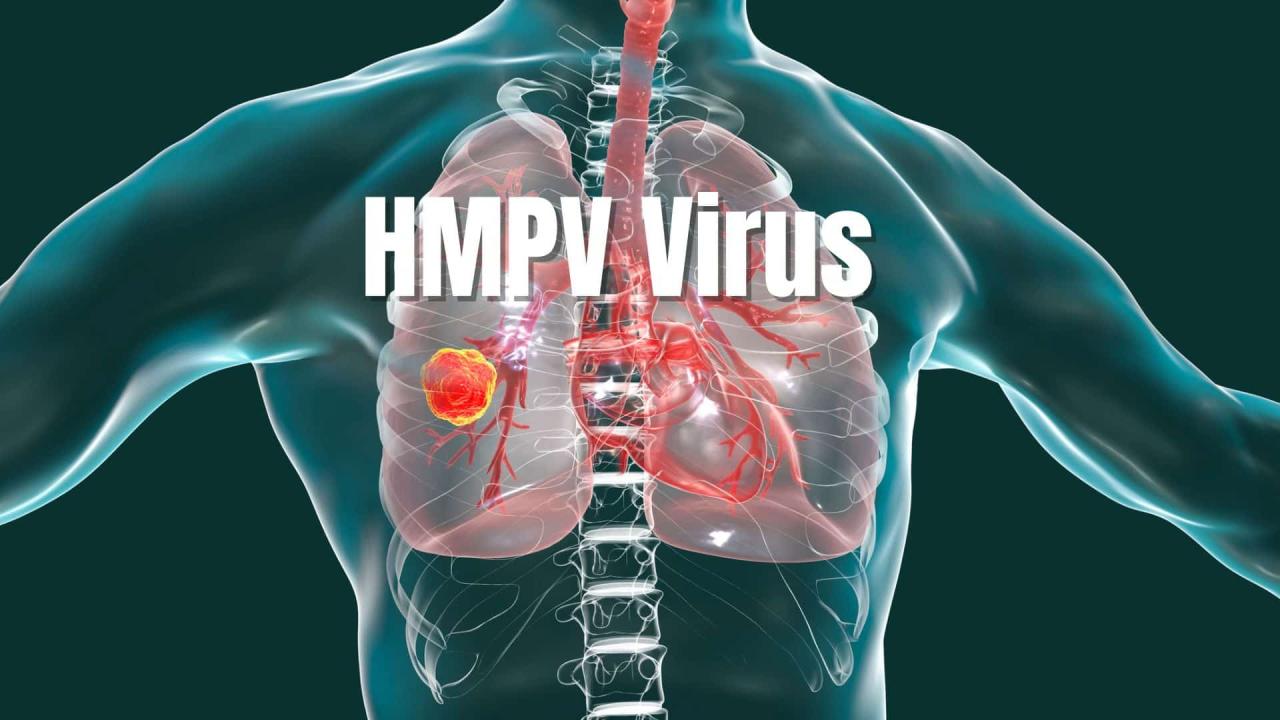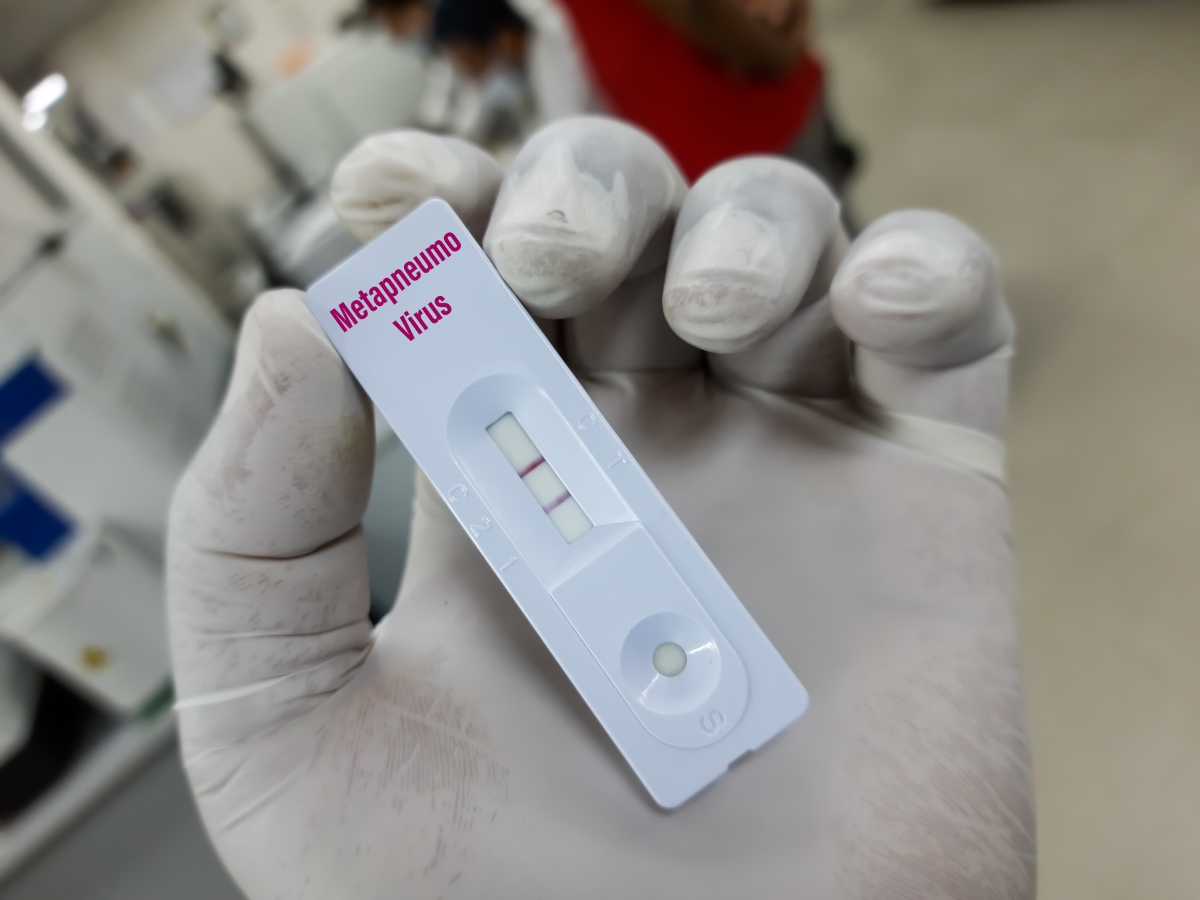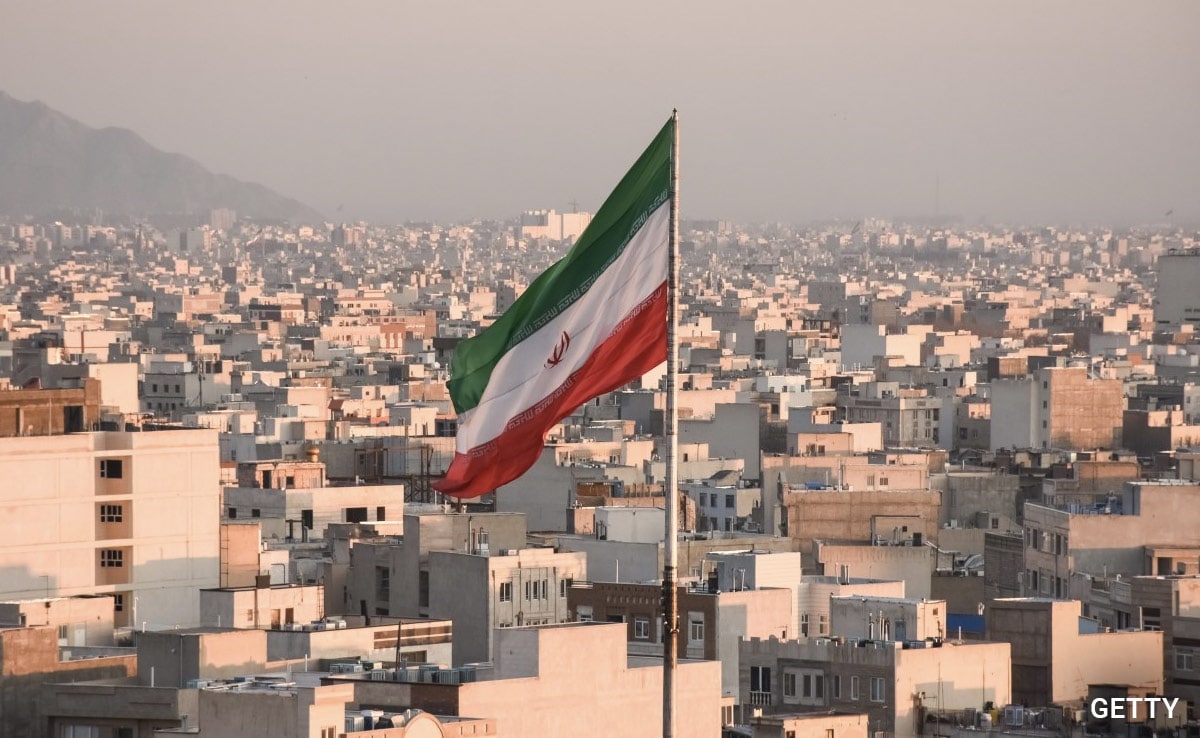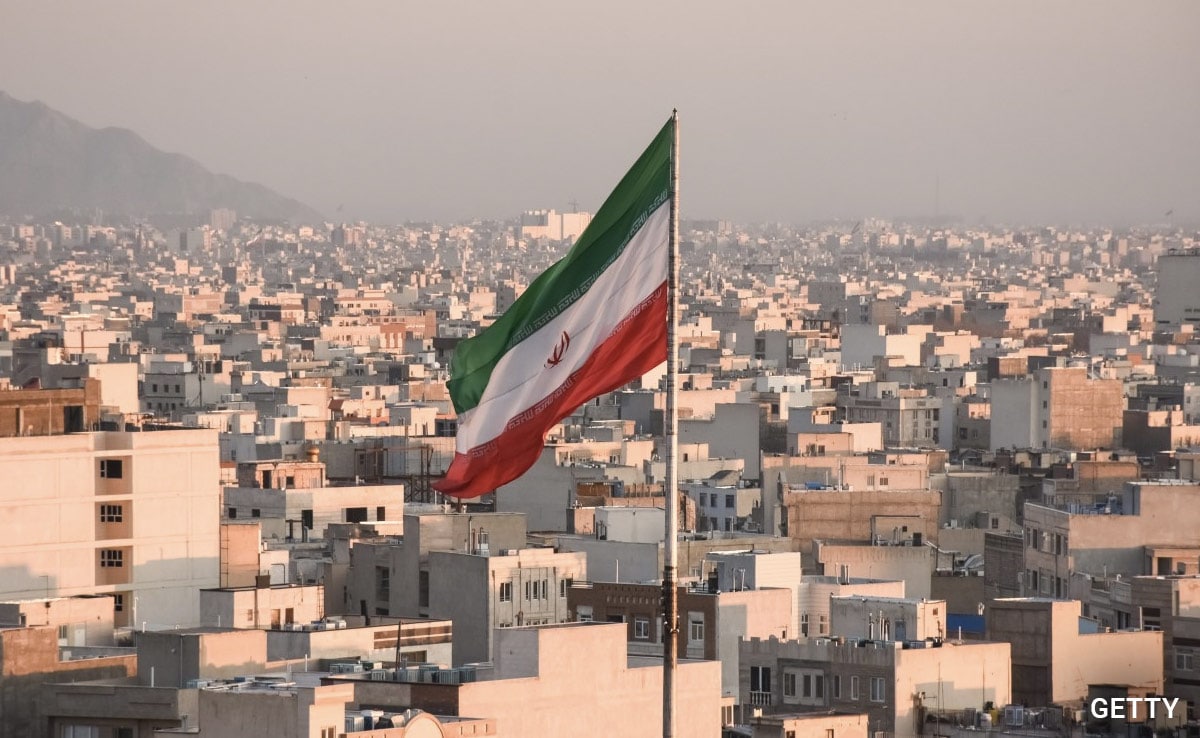China Calls HMPV Outbreak ‘Winter Occurrence’, India Says ‘Don’t’: This headline highlights a fascinating clash of perspectives on a recent human metapneumovirus (HMPV) outbreak in China. While China attributes the surge to typical winter patterns, India’s response is more cautious, prompting questions about the outbreak’s true nature, the reliability of data, and the geopolitical implications. We’ll delve into the specifics of the outbreak, examining its scale, impact, and the differing responses from these two major Asian nations.
This article explores the contrasting viewpoints on the HMPV outbreak, analyzing the scientific evidence, public health strategies, and potential economic and geopolitical factors influencing each nation’s stance. We’ll examine the virus itself, its typical behavior, and potential reasons for the apparent atypical winter surge in China. We’ll also consider the preparedness of both nations’ healthcare systems and explore the broader implications for global health security and international collaboration.
China’s HMPV Outbreak and India’s Response: China Calls HMPV Outbreak ‘Winter Occurrence’, India Says ‘Don’t

The recent Human Metapneumovirus (HMPV) outbreak in China has sparked international attention, particularly regarding its scale, severity, and potential implications. India’s measured response, however, contrasts sharply with the urgency expressed by some other nations. This analysis delves into the characteristics of the outbreak in China, India’s stance, scientific perspectives, public health implications, and illustrative examples to provide a comprehensive understanding of this evolving situation.
China’s HMPV Outbreak Characterization
Reports suggest a significant increase in HMPV cases in China during the winter months. While precise figures remain elusive due to ongoing data collection and reporting limitations, the outbreak appears to have affected a broad geographical area and various demographic groups. The severity of cases has ranged from mild to severe, necessitating hospitalizations in some instances.
The geographical distribution of the outbreak is currently unclear. Reports suggest a widespread occurrence across multiple provinces, but precise data on regional variations in case numbers and severity are lacking. Similarly, while certain age groups may be more susceptible, detailed demographic information is limited. The timeline of the outbreak is also still under investigation, with the exact onset and peak periods yet to be definitively established.
| Date | Location | Number of Cases | Severity |
|---|---|---|---|
| December 2023 – January 2024 (Estimated) | Multiple Provinces in China | Unknown, but significantly increased compared to previous years | Range from mild to severe, requiring hospitalization in some cases |
India’s Response and Stance

India’s official response to the reported HMPV outbreak in China has been relatively muted. The government has emphasized ongoing monitoring of the situation and preparedness measures within its own public health system. This cautious approach might stem from a combination of factors.
India’s seemingly dismissive stance could be attributed to several factors, including the ongoing assessment of the situation’s actual severity and the potential for accurate information dissemination from China. Geopolitical considerations might also play a role, influencing the level of public communication and collaborative efforts. A comparison of the public health infrastructure reveals differences in capacity and preparedness between the two nations, potentially impacting their respective responses.
The potential economic impacts on India, such as disruptions to trade and tourism, are still being assessed.
Scientific Perspectives on the Outbreak
HMPV is a common respiratory virus, typically exhibiting seasonal patterns, with peaks during the winter months in many regions. However, the apparent atypical winter occurrence in China warrants further investigation. Several factors could contribute to this, including unique climatic conditions, population immunity levels, and the specific HMPV strains circulating. Comparative genomic analysis of Chinese strains with global strains is crucial to understand the potential for novel variants and their impact on disease severity and transmissibility.
Existing preventative measures, such as hand hygiene, respiratory etiquette, and vaccination against other respiratory viruses (influenza), offer some protection. However, there is currently no specific vaccine or antiviral treatment for HMPV. Treatment focuses on supportive care to manage symptoms.
Flowchart: Typical Progression of an HMPV Infection
Exposure to Virus → Incubation Period (2-6 days) → Onset of Symptoms (cough, fever, runny nose) → Peak Illness (3-5 days) → Gradual Recovery (1-2 weeks)
Public Health Implications and Preparedness
Effective strategies for preventing and controlling HMPV outbreaks involve strengthening surveillance systems, improving diagnostic capabilities, promoting hygiene practices, and implementing effective communication strategies. Challenges in managing a large-scale outbreak include resource constraints, potential for overwhelming healthcare systems, and the need for rapid and accurate information dissemination.
So, China’s downplaying the HMPV outbreak as a typical winter thing, while India’s urging caution. It’s a reminder that we need to be aware of health risks, just like the serious ones highlighted in this article: Putting a cancer warning on alcohol is overdue, doctors say. Understanding these risks, whether it’s a virus or alcohol-related cancer, is key to making informed choices and staying healthy.
Ultimately, proactive health awareness is vital, whether it’s dealing with seasonal outbreaks or long-term health concerns.
International collaboration is essential for sharing epidemiological data, coordinating research efforts, and developing effective interventions. Improving public health preparedness involves strengthening surveillance systems, investing in healthcare infrastructure, developing robust communication plans, and stockpiling essential medical supplies.
So, China’s calling this HMPV outbreak a typical winter thing, while India’s basically saying “nah, don’t be so sure.” It makes you think about how quickly things can change in healthcare, which is why knowing your options is key. If you’re interested in a career helping people through these kinds of situations, check out some surgical tech programs near me to see what’s available.
Understanding these outbreaks and responding effectively is crucial, and a career in surgical technology could be a great fit if you’re looking for a challenging and rewarding path. The ongoing debate about the HMPV outbreak highlights the need for skilled medical professionals.
- Enhance surveillance systems for early detection of outbreaks.
- Invest in research and development of HMPV diagnostics and therapeutics.
- Improve public health communication strategies to promote awareness and compliance.
- Strengthen healthcare infrastructure to manage potential surges in cases.
Effective public health communication during an outbreak requires clear, consistent messaging, timely updates, and culturally appropriate communication channels. Transparency and trust-building are crucial for promoting public cooperation and minimizing fear and misinformation.
Illustrative Examples and Case Studies, China Calls HMPV Outbreak ‘Winter Occurrence’, India Says ‘Don’t
A hypothetical scenario of a widespread HMPV outbreak could severely strain healthcare systems, disrupt economic activity, and lead to significant morbidity and mortality, especially among vulnerable populations. The 2009 H1N1 influenza pandemic serves as a real-world example of a significant respiratory virus outbreak, highlighting the importance of rapid response, international collaboration, and effective public health interventions.
A hypothetical case study demonstrates that early detection, swift implementation of control measures, and effective public health communication can significantly reduce the impact of an outbreak. The successful eradication of smallpox exemplifies the power of international collaboration in addressing global health crises.
So, China’s calling the HMPV outbreak a typical winter thing, while India’s saying “hold your horses.” It’s a bit like how the Miami Heat reacted to Jimmy Butler’s actions, suspending him for seven games as seen here: Heat suspend Jimmy Butler for 7 games for ‘conduct detrimental to. One’s a health crisis, the other’s a basketball drama, but both show how different reactions can arise from similar situations.
Ultimately, the HMPV debate continues.
Visual Representation: Spread of HMPV
Scenario 1 (Without effective interventions): A rapidly expanding circle representing the spread of infection, showing a large affected population.
Scenario 2 (With effective interventions): A smaller, contained circle representing a limited spread of infection, demonstrating the impact of interventions.
Last Point

The differing interpretations of the recent HMPV outbreak in China by China and India underscore the complexities of global health crises. While China frames the event within the context of typical winter patterns, India’s more reserved response hints at underlying concerns, potentially related to data transparency, differing public health infrastructure, or even geopolitical tensions. Ultimately, the situation highlights the need for robust international collaboration, transparent data sharing, and a proactive approach to pandemic preparedness to effectively manage future outbreaks, regardless of their perceived severity or seasonal timing.
FAQ Section
What is HMPV?
Human metapneumovirus (HMPV) is a common respiratory virus that causes illnesses ranging from mild cold-like symptoms to severe pneumonia, particularly in young children and the elderly.
How is HMPV spread?
HMPV spreads through respiratory droplets produced when an infected person coughs or sneezes.
Are there any specific treatments for HMPV?
There’s no specific antiviral treatment for HMPV. Treatment focuses on managing symptoms.
Why is India’s response so different from China’s?
Several factors could contribute, including differing assessments of the outbreak’s severity, varying levels of trust in reported data, and potential geopolitical considerations.
